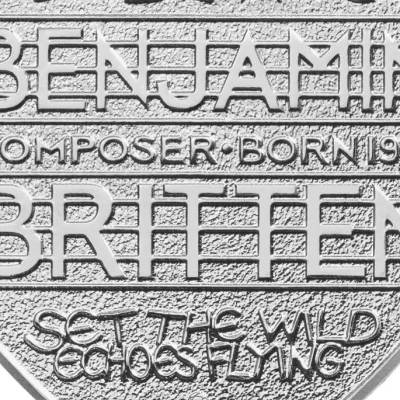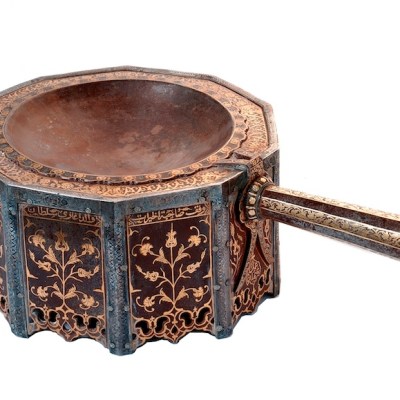It is easy to think of modern art as an enemy of religious art. One reason is that by 1914 most traditional religious art had gone emotionally and spiritually dead on people. Closely allied to that is the fact that the set of images and stories that had united Europe for 1000 years or more no longer did so. This was the great ‘break’ that the poet and painter David Jones said he and his contemporaries were so aware of. Then, of course, there have been the radical and rapid changes of artistic taste that have characterised the last 100 years.
Yet, when I came to finish my book The Image of Christ in Modern Art I realised that modernism and what followed on from it, has in fact turned out to be a friend of religious art. This is, firstly, because of the defining characteristic of modernism itself; that a work of art exists in its own right and is not simply a representation of something else. This came as a huge liberation to people who wanted to relate to traditional Christian themes in some way, because Christian art can never be straightforwardly representational.
Imagining how a Biblical scene might have looked at the time might be interesting but it is not truly Christian art. Christian art tries to indicate something transcendent, some other dimension, something invisible indicated through what is visible. And I believe that the abstract, non-representational element in modern art has helped to achieve this – has helped artists in this tradition to indicate that something else is going on in a work beyond what the eye can pick out.
The result is that there has in fact been a profound renewal of religious art. Ever since the 1940s when Walter Hussey, as Vicar of St Matthew’s, Northampton, commissioned Henry Moore and Graham Sutherland to create works for his church, there has been a steadily widening flow of patronage and inspiration.
Artists right at the cutting edge of modern art, like George Rouault, Jacob Epstein and Anthony Caro; others with a highly distinctive mystical vision of life like Stanley Spencer and Marc Chagall; and a good many with a strong following such as Elisabeth Frink or Craigie Aitchison have all produced work for churches or cathedrals. Some modern artists who I believe to be very significant (such as Norman Adams or Albert Herbert), and some from our own time such as Roger Wagner, have yet to be fully discovered; but they will be. Some of these artists were Christian believers, some were from a Jewish background, and some had no obvious faith, but they have all contributed to a remarkable revitalisation of religious and in particular Christian imagery.
Lead image: used under Creative Commons licence (CC BY 2.0)



